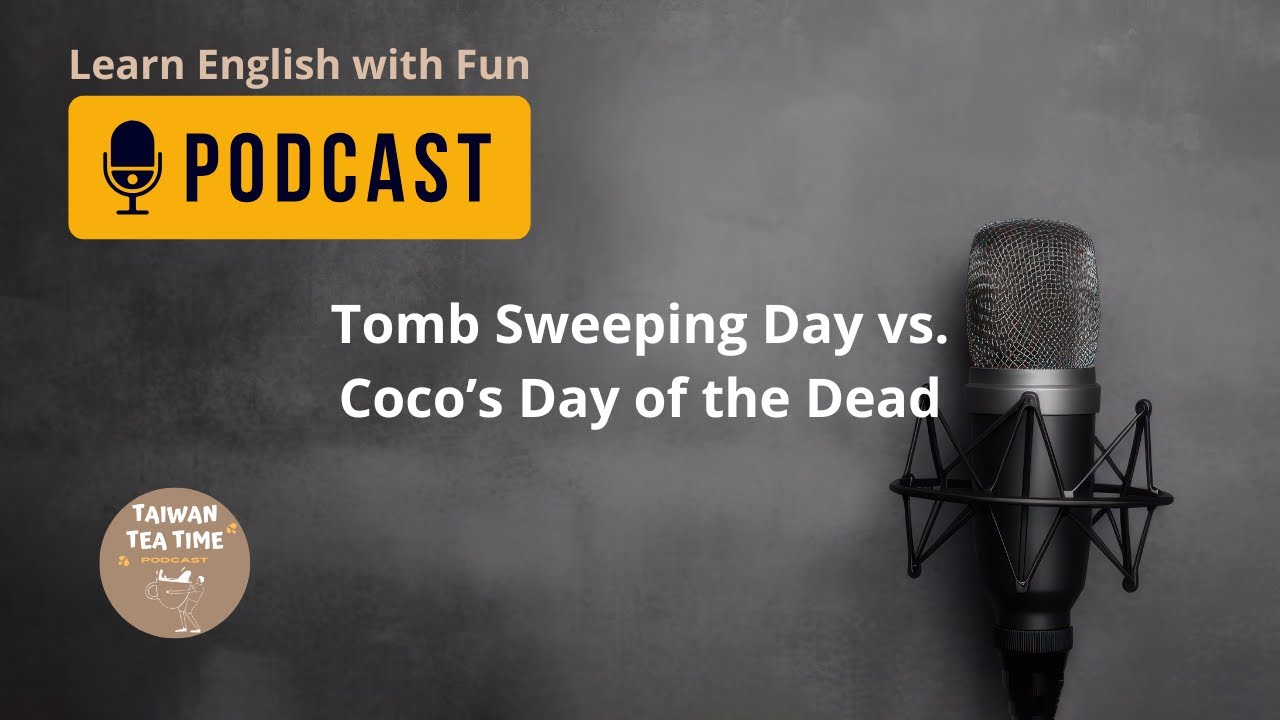✨ Subscribe to our YouTube Channel & Podcast, and check the link in our bio to get exclusive learning guide: @TaiwanTeaTime !
Taiwan’s Tomb Sweeping Day (Qingming Festival, 清明節) and Mexico’s Day of the Dead (Día de Muertos) come from different cultures, but both celebrate ancestor remembrance, family bonds, and traditions passed down for generations.
Let’s explore their similarities and differences!
1. Honoring Ancestors: A Shared Tradition
Both festivals are dedicated to remembering ancestors and ensuring they are not forgotten.
🎋 Taiwan’s Qingming Festival (April 4 or 5):
✅ Families visit cemeteries, clean tombs, and make offerings of food, flowers, and incense.
✅ The day is about respect and remembrance, often followed by family outings.
💀 Mexico’s Día de Muertos (November 1–2):
✅ Families build colorful home altars (ofrendas) with photos, candles, and the deceased’s favorite food.
✅ Cemeteries become lively gathering places with music, dance, and storytelling.
🔍 Key Similarity: Both cultures believe ancestors should be honored through rituals and offerings.
2. Offerings: What Do Families Give to Ancestors?
Food and symbolic gifts are essential in both traditions.
🥢 Taiwan (Qingming Festival):
✅ Fruits, cooked food, and flowers are common offerings.
✅ Burning joss paper (spirit money) represents financial support for ancestors.
✅ Paper replicas of houses or cars are sometimes burned but are less common nowadays due to environmental concerns.
🕯️ Mexico (Day of the Dead):
✅ Families prepare pan de muerto (sweet bread), tamales, and sugar skulls (calaveras).
✅ Marigold flowers (cempasúchil) are believed to guide spirits back home.
🔍 Key Similarity: Offerings symbolize love and respect, helping ancestors feel connected to the living.
3. Spirits & The Afterlife: Different Perspectives
📜 Taiwanese Beliefs (Qingming Festival):
✅ The afterlife is a reflection of the real world, where ancestors continue to exist.
✅ Offerings ensure ancestors are well provided for.
✅ Spirits should be respected, and proper rituals maintain harmony.
🎶 Mexican Beliefs (Día de Muertos & “Coco”):
✅ The afterlife is joyful and full of celebrations.
✅ Spirits return once a year to reunite with family.
✅ If ancestors are forgotten, they fade away from the spiritual world.
🔍 Key Difference: Taiwan focuses on providing for ancestors, while Mexico celebrates their return once a year.
4. The Mood: Solemn vs. Joyful
🎋 Taiwan’s Qingming Festival:
✅ A respectful and solemn day.
✅ Families dress modestly and pay respects quietly at gravesites.
💀 Mexico’s Day of the Dead:
✅ A joyful and colorful celebration.
✅ Families sing, dance, and tell stories about their ancestors.
🔍 Key Difference: Taiwan’s Qingming is serious and respectful, while Mexico’s Day of the Dead is festive and celebratory.
5. Modern Changes: How Traditions Are Evolving
🌱 In Taiwan:
✅ Some people use online services for virtual offerings.
✅ More families hold private ancestral ceremonies at home instead of traveling.
✅ Qingming Festival has become a time for spring outings and vacations.
🎭 In Mexico:
✅ “Coco” increased global awareness of Día de Muertos.
✅ Large public parades and celebrations have become popular.
✅ There are ongoing discussions about keeping the tradition authentic despite modern changes.
🔍 Key Similarity: Both traditions are adapting to modern lifestyles while keeping their core values intact.
Final Thoughts: Different Cultures, Same Heart ❤️
Despite their differences, both festivals emphasize:
✔ Honoring and remembering ancestors.
✔ Using food and offerings to maintain family connections.
✔ Passing down traditions to keep culture alive.
Whether through solemn rituals or joyful celebrations, both Qingming Festival and Día de Muertos remind us that love for family transcends time and culture.
Would you like to experience Tomb Sweeping Day or Day of the Dead? Let us know! 🎧✨
day of the dead
source

